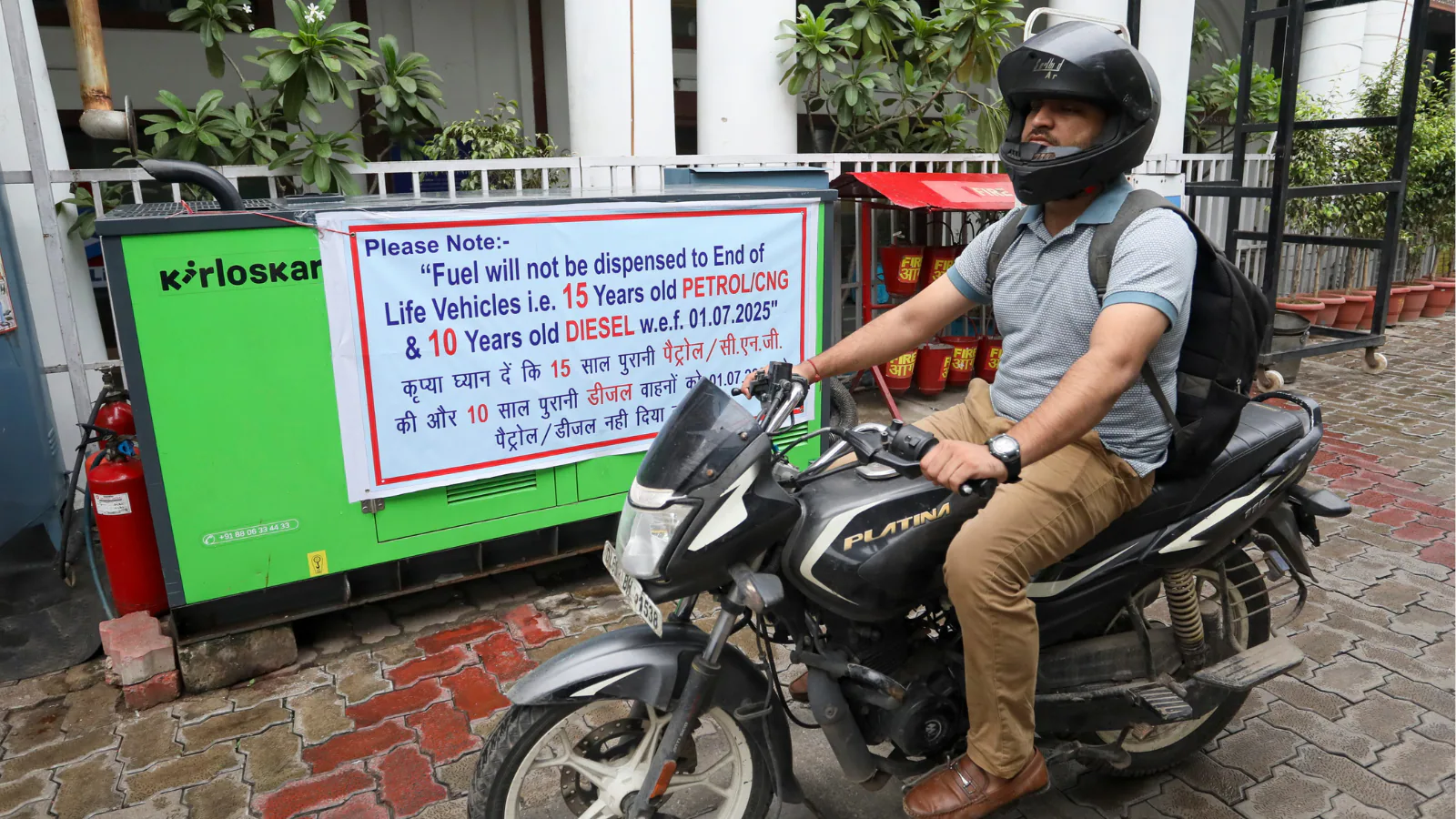In a bid to curb pollution and enforce vehicle age limits, authorities have begun installing Automatic Number Plate Recognition (ANPR) cameras at toll booths and petrol pumps across Delhi and the National Capital Region (NCR). These high-tech devices help identify petrol vehicles older than 15 years and diesel vehicles over 10 years, which are then marked for seizure and scrapping.
Currently, ANPR cameras are operational at 500 petrol pumps in Delhi, with plans to extend installations to pumps in Noida, Greater Noida, and Gurgaon. Using Optical Character Recognition (OCR) technology, the cameras convert number plate data into digital information, instantly revealing the vehicle’s registration details and duration of use in Delhi-NCR—facilitating action against violators.
However, their role doesn’t end there—ANPR cameras serve multiple purposes beyond tracking old vehicles.
Where Are ANPR Cameras Used?
Traffic Management: To monitor vehicle speed, detect traffic violations like red light jumping, and analyse congestion patterns.
Law And Order: To identify stolen vehicles, track suspects, and penalise rule-breaking vehicles.
Parking Management: To record vehicle entry and exit, and enable automated parking fee collection.
Toll Collection: For automatic toll deduction by reading vehicle number plates at toll plazas.
Security: To detect unauthorised vehicles in restricted or sensitive areas and enhance overall surveillance.
How Do These Cameras Work?
A high-resolution camera captures an image of the vehicle’s number plate.
Built-in OCR (Optical Character Recognition) software extracts the alphanumeric text from the image.
The extracted number is cross-checked with a central database to retrieve vehicle details such as registration and owner information.
This data is then used for purposes like traffic monitoring, enforcing laws, crime detection, and more.
What Are Its Advantages and Disadvantages?
It is an automated system that saves time and increases efficiency.
Reduces the chances of human error in vehicle identification.
Offers round-the-clock (24/7) monitoring capabilities.
Raises privacy concerns, as it collects and stores vehicle and owner information.
Accuracy can be affected by poor weather conditions or low-light environments.
How Much Does An ANPR Camera Cost?
In India, the cost of ANPR cameras typically ranges from ₹20,000 to ₹50,000. However, high-resolution or advanced models may cost significantly more.
Why This Move At Petrol Pumps?
The primary aim of installing ANPR cameras at petrol pumps in Delhi-NCR is to identify and remove old, polluting vehicles from the roads as part of efforts to control air pollution.
In Delhi, petrol vehicles older than 15 years and diesel vehicles older than 10 years are classified as End-of-Life Vehicles (ELVs) due to outdated emission standards. As per a 2018 Supreme Court ruling and a 2015 NGT order, these vehicles are banned from operating or parking in public places within Delhi.
ANPR cameras help enforce this rule by automatically identifying ELVs at fuel stations and stopping fuel supply to them. The system is faster, more effective, and more transparent than manual checks, as it processes vehicle data in real time.
The cameras assist in the immediate identification, seizure, and scrapping of ELVs. Offenders face fines of Rs 10,000 for four-wheelers and Rs 5,000 for two-wheelers, and the vehicles may be sent directly to scrapping centres.
This policy will be rolled out in phases across Delhi and other NCR areas such as Gurugram, Faridabad, Ghaziabad, and Noida. Currently, Delhi has around 62 lakh ELVs (including 41 lakh two-wheelers and 18 lakh four-wheelers), while the rest of NCR accounts for another 44 lakh.
